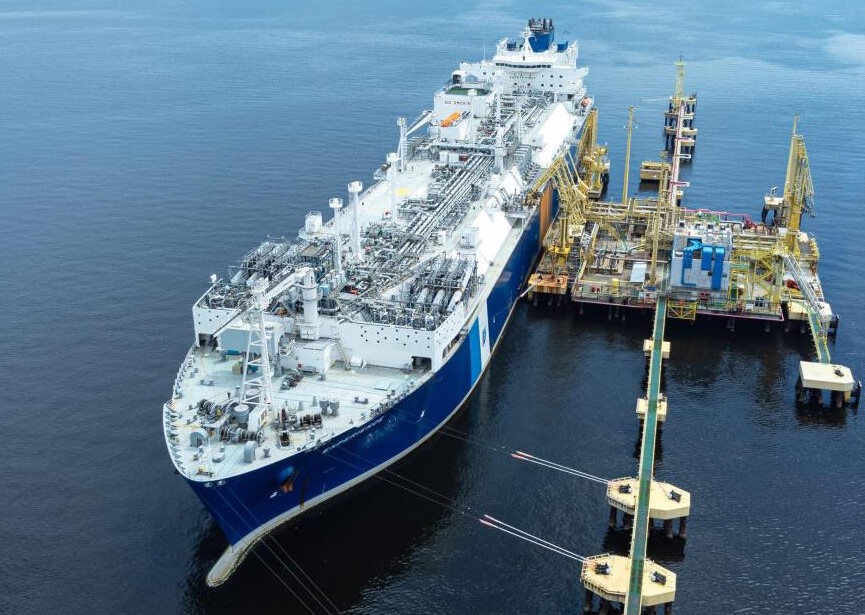This story requires a subscription
This includes a single user license.
Excelerate operates ten FSRUs, one of the world’s largest fleets of such vessels, and these units are located around the globe.
Some of the FSRUs are located in Finland, Brazil, Dubai, Pakistan, while one FSRU will also start serving the second FSRU-based LNG import terminal in Germany’s Wilhelmshaven later this year.
In addition to these 10 FSRUs, Excelerate also ordered one 174,000-cbm FSRU at South Korea’s Hyundai Heavy Industries in 2022. It will pay about $332 million for the vessel.
Speaking during Excelerate’s second-quarter results on Thursday, president and CEO Steven Kobos said the company will integrate modular reliquefaction kits onboard its vessels.
This system recovers excess boil-off-gas by reliquefying and storing LNG into cargo tanks. It also prevents the loss of LNG cargo volume.
Kobos said it will enhance the value of the service Exceerate provides to its customers, create opportunities for increased revenue generation, and support growth projects in Excelerate’s pipeline.
He said Excelerate recently placed initial orders for the reliquefication kits.
“We expect, as we get further customer traction, to continue this. We are not aware that any other FSRU has any of these kits installed,” he said.
Excelerate will have “some communication” with its customers regarding the installation of the kits.
Kobos said the technology “will pay for itself for many customers easy within a year.”
“So, we think they will value it, and we think they are gonna fly off the shelf”, he said.
In terms of timeline for the kits, Excelerate’s COO David Liner said the lead time for this equipment is about 18 months.
“We have bought this equipment now so that it will be ready and available to deploy as soon our customers decide to employ it. We know there is a strong demand for it,” he said.
“By buying it now, that enables us to save our customers from having to make a decision two years in advance that they want this technology. So we are cutting the implementation time from a couple of years down to series of months to be able to deploy this from the time the customer says yes, we’re ready to go,” Liner said.
“Roughly, at 18 months from now, as early as 2026, we could be able to deploy the technology on a existing vessel or something coming into the fleet as well,” he said.

